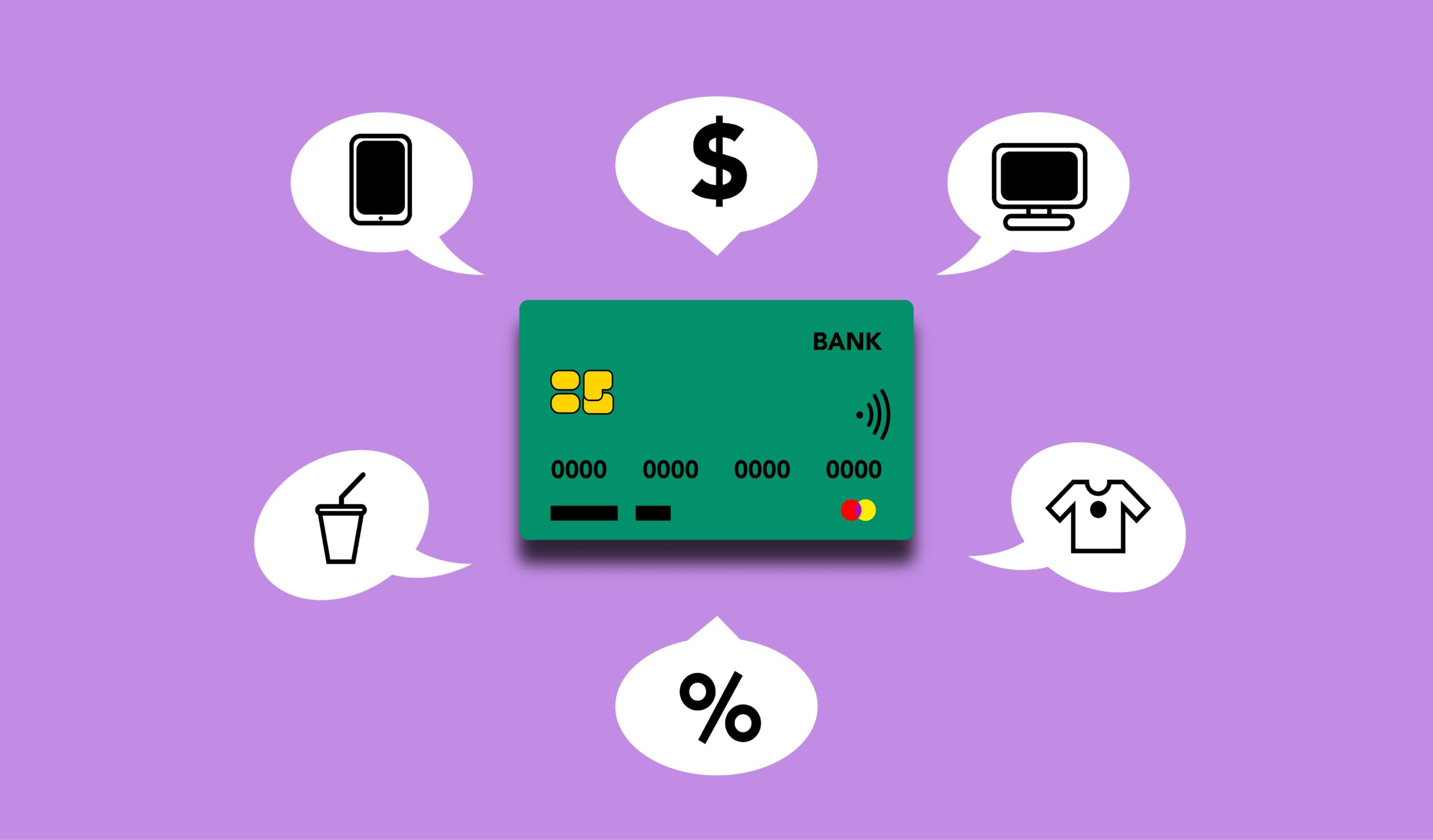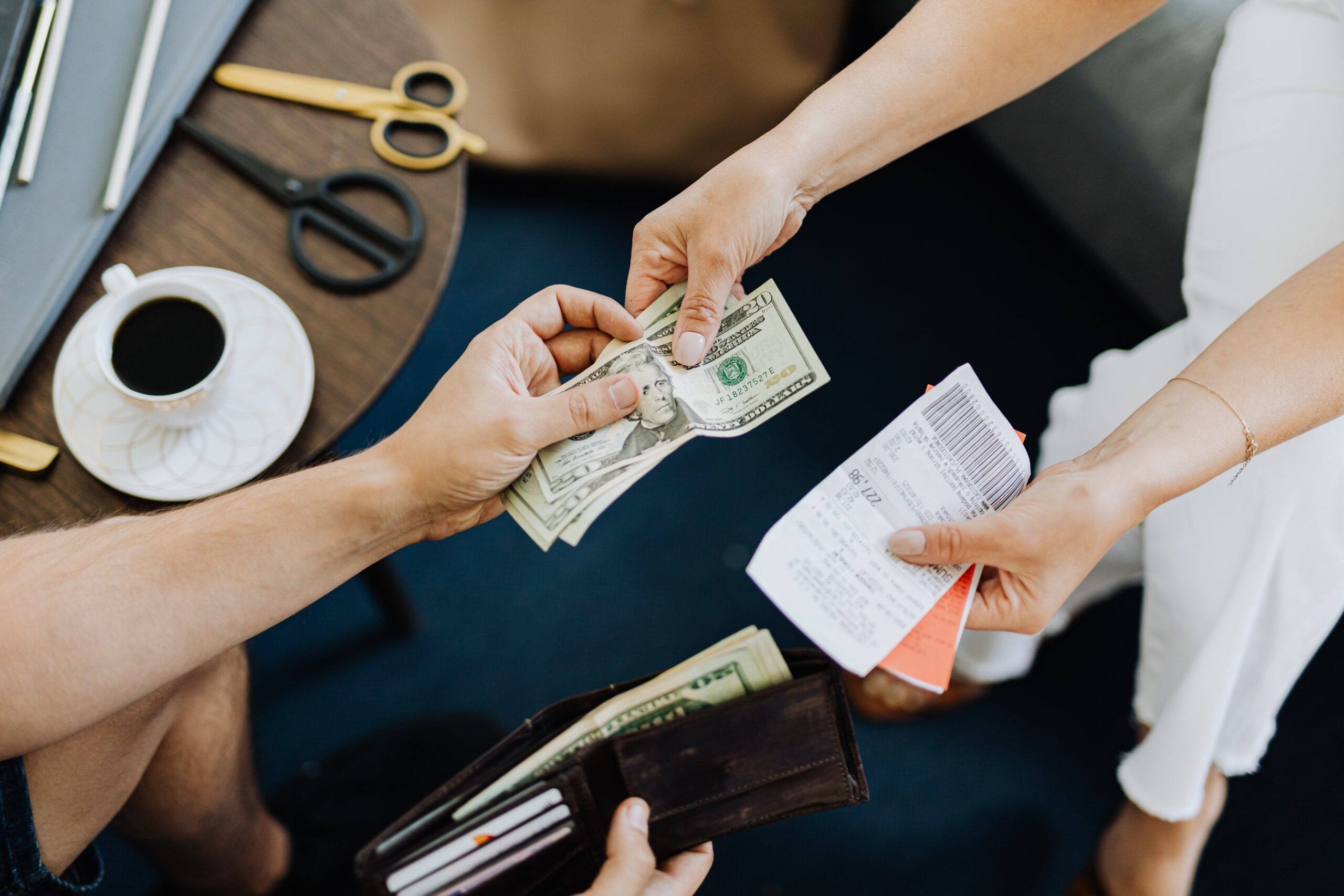How to Pay a Bill: Your Ultimate Guide to Simplifying Payments

Navigating the maze of bill payments can be a daunting task, but with the right knowledge and tools at your disposal, it becomes a breeze. “How to Pay a Bill: Your Ultimate Guide to Simplifying Payments” is your comprehensive resource designed to demystify the process, offering you smart tips and strategies to manage your bills efficiently. Whether you’re looking to set up automatic payments, use mobile apps, or explore alternative payment methods without a bank, this guide will walk you through the safest and most convenient ways to keep your finances in check. Say goodbye to late fees and payment puzzles, and hello to a streamlined approach that saves you time and keeps your peace of mind intact.
- How to Pay a Bill: Your Ultimate Guide to Simplifying Payments
- What is the safest way to pay bills online?
- Credit Cards:
- PayPal:
- Apple Pay/Google Pay:
- Gift Cards:
- Is it safe to pay bills by phone?
- Utilize Your Bank's Official Mobile App:
- Implement Smartphone Locks:
- Exercise Caution on Public Wi-Fi Networks:
- Can you pay bills with a credit card?
- Cell Phone and Internet Bills:
- Utilities:
- Rent:
- Homeowners and Auto Insurance:
- Recurring Subscriptions:
- How can I pay my bills without a bank?
- Pay at the Window:
- Use Money Orders:
- Prepaid Debit Cards:
- What is the best payment method to not get scammed?
- How do you pay a restaurant bill?
- Completing Your Receipt
- What items should you not purchase with a credit card?
What is the safest way to pay bills online?
In the realm of online transactions, prioritizing security is paramount. Various payment options offer distinct layers of protection, ensuring a worry-free digital shopping experience.
-
Credit Cards:
Credit cards stand out as one of the most secure options for online purchases. Boasting comprehensive fraud protection from card issuers, they shield users from liability. Vigilant monitoring of statements and prompt reporting of any unauthorized charges further enhance this security. To maximize safety, reserve credit card usage for secure sites, and refrain from disclosing the full card number unless on a trusted merchant’s checkout page.
-
PayPal:
For peer-to-peer transactions and sites that accept it, PayPal emerges as a judicious choice. This payment platform safeguards financial information and provides fraud protection, particularly when transactions involve known entities. Optimal security is maintained by linking PayPal to a credit card rather than directly to a bank account. This approach ensures the retention of all protections and benefits associated with the underlying card.
-
Apple Pay/Google Pay:
Elevating security to the next level, contactless payment apps like Apple Pay and Google Pay offer an extra layer of protection for in-store purchases using mobile devices. The actual credit card number remains confidential, providing the convenience of tap-to-pay with enhanced privacy.
-
Gift Cards:
For casual online shopping or gaming, opting for Visa or Mastercard gift cards with minimal balances offers a secure alternative to using your actual credit card. This approach imposes limits on potential liability in the event of a card number theft. However, it is essential to scrutinize the site where the gift card is utilized. In case of falling victim to a gift card scam, understanding the recourse to reclaim lost funds is crucial.
Prioritizing the safety of your online transactions involves selecting the right payment method for each scenario. Whether leveraging the robust protection of credit cards, the privacy of PayPal, the convenience of contactless payment apps, or the controlled usage of gift cards, a vigilant and informed approach ensures a secure digital financial landscape.
Is it safe to pay bills by phone?
Navigating the intersection of finance and technology requires a vigilant approach to safeguarding your money. In response to the question of whether smartphones are a secure platform, the concise answer is a resounding yes. The rapidly evolving technology embedded in smartphones often makes them more resistant to hacking than traditional computers, bolstered further by the inherent security measures employed by financial institutions. However, complacency in security practices is a luxury one cannot afford. With over 57 million users engaging in mobile banking, smartphones have become an enticing target for malicious actors. Here are some imperative tips to maintain financial security:
Utilize Your Bank’s Official Mobile App:
Opt for your bank’s dedicated mobile app instead of accessing accounts through a regular web browser. Apps provide a safer platform, minimizing exposure to contaminated links prevalent on the web.
Download applications exclusively from reputable vendors such as Google or Apple to ensure authenticity and security.
Implement Smartphone Locks:
Strengthen the security of your smartphone by employing a password or PIN on the home screen. This serves as a crucial layer of defense in the event of a lost or stolen phone.
Exercise Caution on Public Wi-Fi Networks:
Refrain from conducting banking activities on your smartphone while connected to public Wi-Fi networks. Opt for secure alternatives like your cellular connection, Wi-Fi from trusted network operators, or a personal hotspot to mitigate the risks associated with unsecured public networks.
Embracing the convenience of mobile banking demands a proactive commitment to security practices. By adhering to these fundamental guidelines, you fortify your financial transactions against potential threats, ensuring a safe and seamless integration of technology into your monetary endeavors.
Can you pay bills with a credit card?
Here’s a breakdown of bill categories you can conveniently charge to your credit card:
-
Cell Phone and Internet Bills:
Set up autopay for your cell phone and internet bills, ensuring you never miss a payment. Some credit cards even provide phone insurance when you use them to pay your bill.
-
Utilities:
Certain companies allow you to pay utility bills (electricity, natural gas, water) with a credit card, though a small convenience fee may apply. Evaluate the points you earn to determine if the fee is worthwhile.
-
Rent:
While not universally accepted, larger property management companies may allow credit card payments for rent. Be aware of potential processing fees, which your landlord might pass down to you.
-
Homeowners and Auto Insurance:
Explore the possibility of using your credit card to pay for home and auto insurance. Some companies may charge a processing fee, but it could be waived if you pay the premium in full—a smart move for meeting minimum spend requirements on a new card.
-
Recurring Subscriptions:
Autopay your recurring subscriptions (Netflix, Hulu, Amazon Prime, Spotify, etc.) with your credit card. Certain cards even offer bonus reward categories for streaming subscriptions.
Every small monthly expense, when strategically charged to your credit card, contributes to substantial rewards over time. For instance, the Credit One Bank Wander® Card, a travel rewards card, provides a tempting sign-up bonus of 10,000 points when you spend $1,000 within the first 90 days—an opportunity to redeem points for a $100 statement credit, gift cards, or travel. Harnessing the power of your credit card for bill payments can transform routine expenses into rewarding opportunities.
How can I pay my bills without a bank?

-
Pay at the Window:
Directly submit your cash payments at the physical location of the business to which you owe money. Utility companies often have branch offices that accept in-person payments. Alternatively, certain banks facilitate bill payments by accepting cash and forwarding it to the respective utility. Some retail establishments, including supermarkets, also allow cash payments for utilities and significant credit card bills, albeit with a service fee ranging from $2 to $3 or more. It is advisable to confirm payment acceptance and inquire about fees by contacting the bank or retail store in advance.
-
Use Money Orders:
Money orders offer a convenient alternative, never expiring and replaceable if damaged, lost, or stolen, provided you have the receipt. Obtainable in amounts up to $1,000, money orders can be purchased for $1 to $2 at post offices, convenience stores, major grocery outlets, and numerous banks. The process involves completing the money order with your name, address, and the recipient’s details, and then handing over the corresponding cash. The recipient can subsequently cash or deposit the money order at their bank.
-
Prepaid Debit Cards:
Reloadable prepaid debit cards, available at convenience stores, major retailers like Walmart, tax preparation firms, and Western Union, offer a controlled spending option limited to the predeposited amount. Before purchasing a prepaid debit card, thorough research is crucial due to varying fees and features. Monthly fees, ATM access charges, and overall fee structures differ among cards. Although prepaid card fees are generally higher than those associated with debit cards linked to traditional checking accounts, they often provide the advantage of being issued by major credit card companies, ensuring acceptance wherever credit cards are recognized and offering fraud protection.
Living sans a checking account requires resourcefulness, and these payment alternatives empower individuals to navigate their financial responsibilities efficiently.
What is the best payment method to not get scammed?
The best payment method to minimize the risk of being scammed is one that offers strong fraud protection and allows for easy tracking and dispute of unauthorized transactions. Here are some of
- Credit Cards: Credit cards are widely considered one of the safest payment methods due to their robust consumer protection laws. The Fair Credit Billing Act in the United States, for example, limits a consumer’s liability for unauthorized credit card charges to $50, and many credit card companies offer zero liability policies. They also allow you to dispute charges if you don’t receive the goods or services you paid for.
- Payment Apps with Purchase Protection: Services like PayPal or Apple Pay often provide additional layers of security. They act as intermediaries and offer purchase protection that can help you get your money back in case of fraud.
- Bank Transfers with Two-Factor Authentication: When using online banking, ensure that two-factor authentication is enabled. This adds an extra layer of security by requiring a second form of verification before a transaction can be completed.
- Prepaid Cards: Prepaid cards can be a good option because you can load them with a limited amount of money, which limits the potential loss if the card details are stolen.
- Secure Online Payment Gateways: When shopping online, use secure and reputable payment gateways. Look for URLs that begin with “https://” and have a padlock symbol, indicating that the connection is secure.
- 6. Escrow Services: For larger transactions, especially when dealing with unknown parties, using an escrow service can be a safe option. The escrow service holds the payment until you receive and approve the goods or services.
Remember, no matter which payment method you choose, always be vigilant. Keep your software updated, use strong, unique passwords, monitor your accounts regularly for any unauthorized transactions, and never share sensitive information like PINs or passwords. If something seems too good to be true or if you’re being pressured to make a fast payment, it could be a sign of a scam. Always verify the legitimacy of the request before proceeding with any payment.
How do you pay a restaurant bill?
Settling a restaurant bill using a credit card is a straightforward process. Initially, your server will leave the bill on your table. Examine the bill carefully to ensure the charges are accurate. Depending on the restaurant’s protocol, you might either hand the bill to the waiter or take it to a cash register for in-person payment.
Your server will guide you on the procedure. In either scenario, the responsible party will take your credit card, process the charges, and provide you with a printed receipt.
Completing Your Receipt
The receipt you receive serves as documentation for the purchase date, time, and the payment method employed. It itemizes the meal cost and associated taxes. Typically, there is a designated line for a tip or gratuity. If you opt to include the tip on your card, you’ll need to note the tip amount on that line. Subsequently, add it to the meal cost to calculate the final total to be charged to the card, and then sign below. This signifies your authorization for the restaurant to charge the meal amount to your credit card.
What items should you not purchase with a credit card?
When it comes to managing your finances, utilizing a credit card can be a convenient and secure option. Credit cards offer various benefits, including rewards programs, purchase protection, and the opportunity to build a positive credit history. However, it’s crucial to exercise caution and mindfulness in using credit cards to avoid debt and make sound financial decisions.
While credit cards can serve as valuable tools when used responsibly, there are specific purchases that may not be ideal for credit card transactions. Understanding what to avoid can contribute to making informed financial choices and preventing unnecessary debt. In this article, we will delve into some of the things you should refrain from buying with a credit card.
It’s essential to note that the following items or payments are not inherently prohibited from credit card use, but they may not align with the most financially savvy choices. Considering potential consequences and evaluating whether using a credit card for these purchases is the best option for your financial well-being is crucial.
Cash Advances
A cash advance allows you to withdraw cash from your credit card, providing seemingly convenient access to funds. However, cash advances can be exceptionally costly. They carry high-interest rates and often entail additional fees. Unlike regular credit card purchases with a grace period, interest on cash advances begins accruing immediately, leading to immediate interest payments until the entire balance is settled. Moreover, cash advances often incur higher interest rates compared to standard purchases, escalating financial burdens.
Additionally, transaction fees are common with cash advances, adding a significant extra cost. Unless facing a genuine emergency situation with no alternative options, it’s generally advisable to avoid credit card cash advances. Exploring alternatives like personal loans or seeking assistance from trusted friends or family members, which often offer lower interest rates, is a more financially prudent approach.
Mortgage Payments
While the temptation to use a credit card for monthly mortgage payments might arise, it’s generally not a wise financial move. Mortgage payments are substantial, and charging them to a credit card can result in elevated debt levels and increased interest charges. Credit cards typically carry higher interest rates compared to mortgage loans, potentially leading to significantly higher interest payments over time. Additionally, some mortgage providers either do not accept credit card payments or charge processing fees, further escalating expenses.
If challenges arise in meeting mortgage payments, exploring alternatives like negotiating payment arrangements with the mortgage lender or mortgage refinancing is advisable. These alternatives are likely to offer more financially beneficial and sustainable solutions to payment challenges.
Using a credit card should generally be reserved for smaller, everyday expenses that can be paid off in full each month to avoid accumulating high-interest debt. Assessing the financial implications before deciding to use a credit card for significant payments like mortgages is essential.
While the cost of education can be substantial, using a credit card to pay for tuition or other student-related expenses is generally not recommended. Credit cards typically carry higher interest rates compared to student loans, potentially leading to a significant accumulation of high-interest debt. Student loans often come with lower interest rates and more favorable repayment terms, designed specifically to help students finance their education.
Exploring alternative funding sources such as federal or private student loans, scholarships, grants, or work-study programs is advisable for managing education expenses more effectively. These alternatives can provide more reasonable interest rates and repayment terms compared to credit cards.
Using a credit card for student loans may also limit access to benefits and protections offered by student loan programs, such as income-based repayment plans, forgiveness options, or deferment and forbearance options. Carefully considering the long-term financial implications before using a credit card for education expenses and consulting with a financial advisor can aid in making informed decisions.
High-Interest Loans
In times of financial emergencies or unexpected expenses, the temptation to turn to a credit card for a quick loan may arise. However, using a credit card to pay off or consolidate high-interest loans is generally not a wise decision. Credit cards often carry higher interest rates than other loan types, and transferring balances from high-interest loans to a credit card can result in additional interest charges and potential debt traps.
While some credit cards offer promotional balance transfer offers with low or no interest for a limited period, careful examination of the terms and conditions is essential. After the promotional period concludes, interest rates on the credit card balance may rise, potentially exceeding the original rates on high-interest loans.
For those grappling with high-interest loans, exploring alternatives such as contacting current lenders to discuss refinancing or restructuring options is advisable. Negotiating lower interest rates or more manageable repayment terms may be possible. Seeking guidance from a financial advisor or credit counseling agency can provide valuable insights and assistance in managing high-interest loans effectively.
Using a credit card to pay off high-interest loans should only be considered after a thorough evaluation of terms, interest rates, and potential long-term consequences. Prioritizing financial well-being and seeking the best available options can prevent falling into a cycle of debt.
Medical Bills
Facing medical expenses, particularly unexpected health issues or emergencies, can be overwhelming. While using a credit card to cover these expenses might be tempting, careful consideration of repercussions is crucial. Medical bills can be substantial, and using a credit card can quickly result in high levels of debt, especially with high-interest rates. Medical providers may also charge additional fees for credit card payments, increasing the overall cost.
Before resorting to using a credit card, exploring other options for managing medical expenses is advisable. Initiating communication with healthcare providers or hospital billing departments to discuss payment plans or potential discounts based on financial situations can be beneficial. Many healthcare facilities offer financial assistance programs or can guide individuals toward local charitable programs for support.
Inquiring about interest-free payment plans offered by medical providers is another avenue. These plans can provide more manageable payment options and prevent the accumulation of high-interest credit card debt. If anticipating ongoing medical expenses, exploring healthcare-specific financing options or medical credit cards with promotional interest rates or payment plans may offer more favorable terms compared to regular credit cards.
Using a credit card for medical bills should be a last resort. Proactively exploring alternative payment options and communicating with healthcare providers can lead to more viable solutions that align with individual financial situations.
Gambling
While gambling can be enticing for some, using a credit card for gambling purposes is generally not advisable. Credit cards grant access to funds that may not be readily available, leading to impulsive and uncontrolled spending in a gambling environment. Using a credit card for gambling can result in significant high-interest debt if the balance is not paid off in full.
Many credit card companies and financial institutions classify gambling transactions as cash advances, subjecting them to even higher interest rates and immediate interest accrual. The cost of gambling with a credit card can become even more expensive due to these factors.
Beyond financial consequences, using a credit card for gambling can have severe implications for credit scores, potentially hindering access to credit for essential needs such as housing or transportation. For those who enjoy gambling recreationally, setting strict spending limits and using cash or debit cards linked to available funds is advisable. This approach enables the management of gambling expenses within a budget and avoids the risk of using a credit card to chase losses or fund wagers.
If struggling with gambling addiction, seeking help from support groups or professional counseling services is essential. These resources can provide guidance and assistance in overcoming addiction and developing healthier financial habits.
Approaching gambling as a form of entertainment rather than a source of income is crucial. Using a credit card for gambling introduces significant risks with long-term financial consequences. Exercising caution and responsibility in engaging in gambling activities is vital for financial stability.







